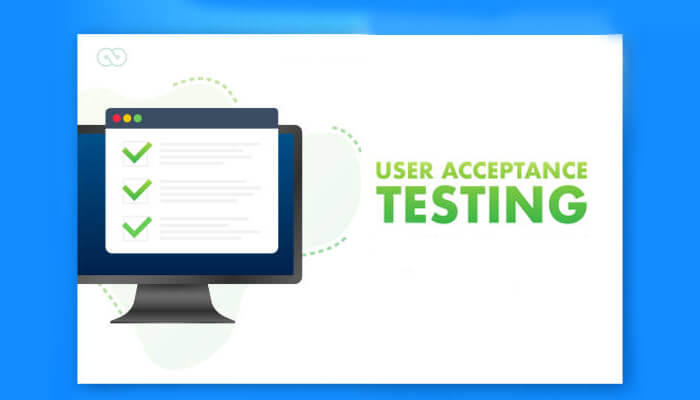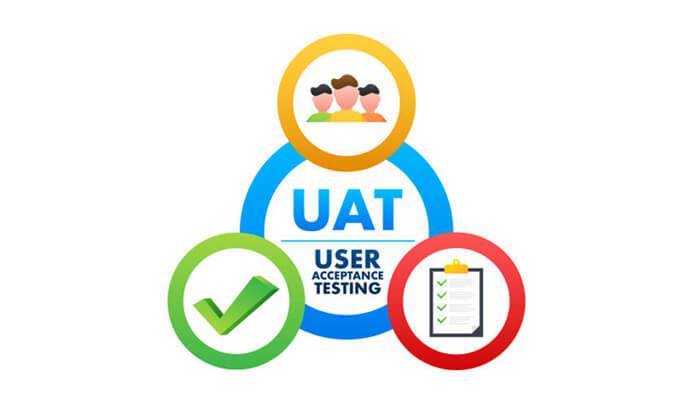E-commerce and Online shopping portals have become quite popular these days. But before launching them, you need to carry out thorough testing and ensure quality assurance, including User Acceptance Testing. Remember, using well-defined testing criteria, high-performing product teams are likely to spend 22 percent less time trying to fix issues. Studies conducted reveal that the average website or app, in just 90 days time, tends to lose about 95 percent of users! Hence, it becomes essential to create that magical first impression.
About User Acceptance Testing (UAT)
It involves testing performed by the client or end-user to verify the quality of a system, website, or software. This is usually done before entering the production or launch stage. Once system, international, and functional tests are completed, UAT is carried out. Hence, it is stated to be the last development stage.
Its purpose
It helps understand if the developed software functions exactly as it needs to and meets end-user expectations. It also validates introduced changes and ensures the development team has met the set Business Plan. However, spelling or aesthetic trials are not conducted with this testing tool. Rather, these are performed with production-type data setups, in separate UAT environments. Experts monitoring software or website development’s technical side help shape up UAT cycles. They also interpret the derived results. Business users carry out UAT testing to determine how the end product appears on completion. They also get to know the functionalities it should have and how it is to behave.
Five steps to follow to perform UAT
The leading web development agency states that each UAT’s intricacy is likely to differ from one another. This is based on the tested product niche and type. However, each UAT process is expected to adhere to certain obligatory stages. There are five key practices that when followed enable successful UAT, right from scratch to completion.
1. Collect essential data
The UAT process involves collaboration between business owners, integration managers, and functional leads. A few questions need to be answered to collect valuable data like:
- What guidelines do you follow to identify test data?
- Which processes are to be tested?
- Who is responsible for carrying out the testing?
- What results are desired from the changes introduced in the system?
2. Define User Acceptance Testing Scope:
Testing is not mandatory for all software, apps, websites, or system processes. You may choose to skip a few. Hence, define the test scope first before starting the UAT process. If the system part to test is not properly determined, then the testing team will be unable to determine the critical aspects to ensure test success. Hence a proper Business Plan is to be developed.
3. Create User Acceptance Testing Design:
Once the scope is identified, the team responsible should create a User Acceptance Testing design. It comprises allocating and mapping different kinds of test steps to diverse end-users. It also helps establish a timeline for test start and completion. It serves as a blueprint for actual testing while providing guidelines to ensure an uninterrupted test phase.
4. UAT execution:
On defining clearly the UAT process and establishing all steps, the team tests and addresses defects and bugs. The end goal of this step is to determine if the product is ready to be launched or not. To ensure success, there needs to strike a perfect balance, especially between developers and testers. The top web development agency considers defect management, progress reporting, and documentation to be crucial, especially during UAT execution.
5. Evaluate Business and Product objectives:
On completion of the UAT as well as identifying and resolving all bugs, the UAT is to be signed off. The product is now ready to go live. The product should meet the client’s desired business requirements after which it should be deployed.
Following the above steps can help achieve success in User Acceptance Testing.



